Search
Search Results
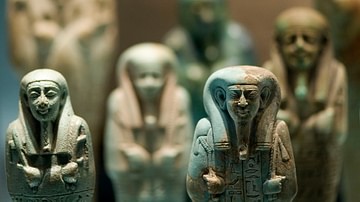
Article
Shabti Dolls: The Workforce in the Afterlife
The Egyptians believed the afterlife was a mirror-image of life on earth. When a person died their individual journey did not end but was merely translated from the earthly plane to the eternal. The soul stood in judgement in the Hall of...
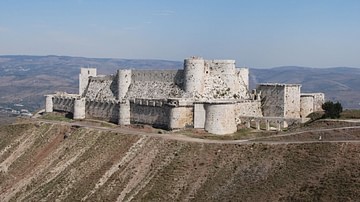
Definition
Krak Des Chevaliers
Krak des Chevaliers (also spelt Cracs des Chevaliers, and known in Arabic as Hisn al-Akrad) is a castle in Syria originally built for the Emir of Aleppo in 1031 CE but acquired and extensively rebuilt by the Knights Hospitaller in 1144 CE...
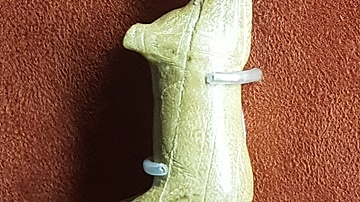
Image
Magdalenian Horse Figurine
Cast of a horse figurine carved out of mammoth ivory belonging to the Magdalenian industry which is associated with early modern humans (Homo sapiens) in southwestern France between c. 17,000-c. 11,000 years ago. It was found in the Hautes-Pyrénées...
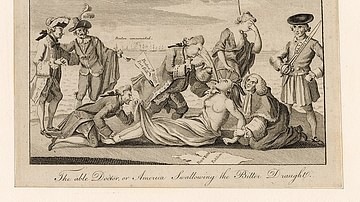
Definition
Intolerable Acts
The Intolerable Acts, also known as the Coercive Acts, were five laws passed by the Parliament of Great Britain in 1774 to punish the Thirteen Colonies of British North America for the Boston Tea Party. Though the acts primarily targeted...
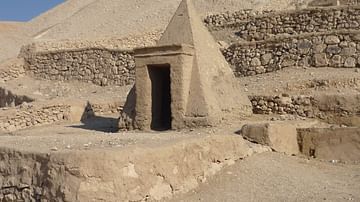
Definition
Deir el-Medina
Deir el-Medina is the modern Arabic name for the worker's village (now an archaeological site) which was home to the artisans and craftsmen of Thebes who built and decorated the royal tombs in the nearby Valley of the Kings and Valley of...

Image
Krak des Chevaliers
The castle of Krak des Chevaliers, Syria. Originally built for the Emir of Aleppo in 1031 CE, the castle was given to the Knights Hospitaller in 1144 CE, who extensively rebuilt it.
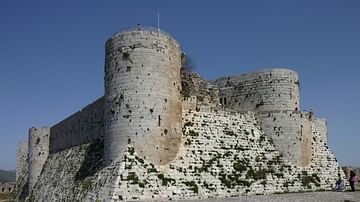
Image
Mural Towers, Krak des Chevaliers
Mural towers of the castle of Krak des Chevaliers, Syria. Originally built for the Emir of Aleppo in 1031 CE, the castle was given to the Knights Hospitaller in 1144 CE, who extensively rebuilt it.
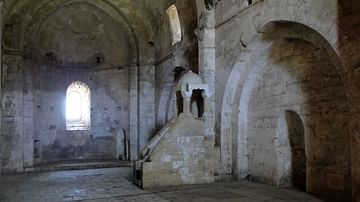
Image
Barrel-vaulted Chapel, Krak des Chevaliers
The barrel-vaulted chapel of the castle of Krak des Chevaliers, Syria. Originally built for the Emir of Aleppo in 1031 CE, the castle was given to the Knights Hospitaller in 1144 CE, who extensively rebuilt it.
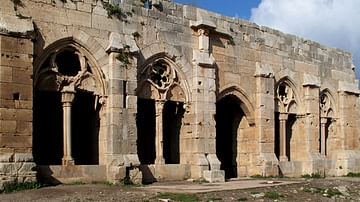
Image
Hall of the Knights, Krak des Chevaliers
The Hall of the Knights at the castle of Krak des Chevaliers, Syria. Originally built for the Emir of Aleppo in 1031 CE, the castle was given to the Knights Hospitaller in 1144 CE, who extensively rebuilt it.
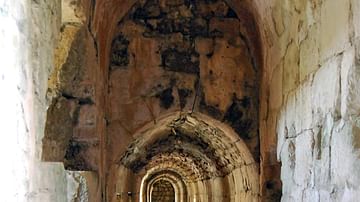
Image
Mural Passage, Krak des Chevaliers
A mural passage (corridor built within a wall) at the castle of Krak des Chevaliers, Syria. Originally built for the Emir of Aleppo in 1031 CE, the castle was given to the Knights Hospitaller in 1144 CE, who extensively rebuilt it.